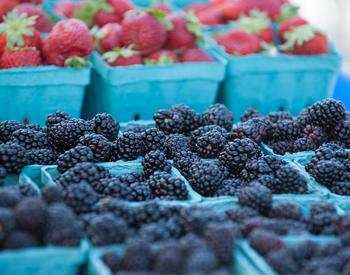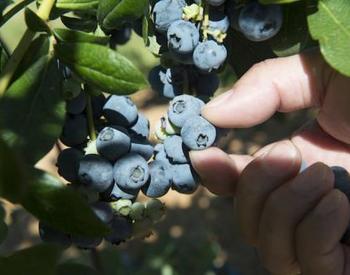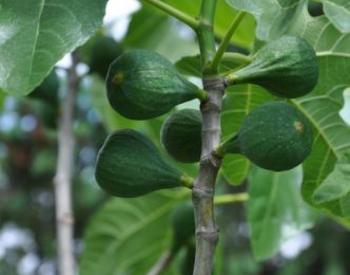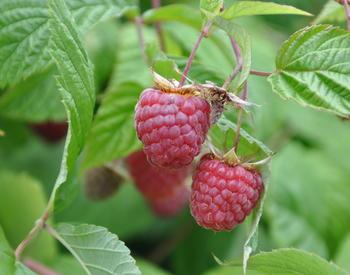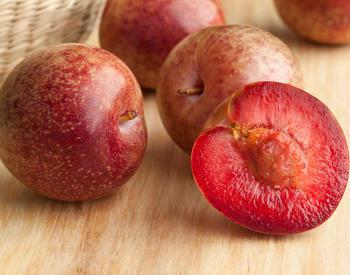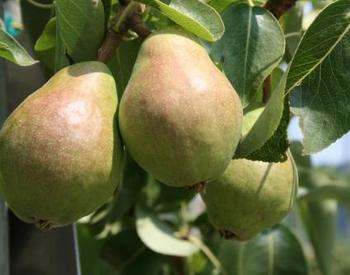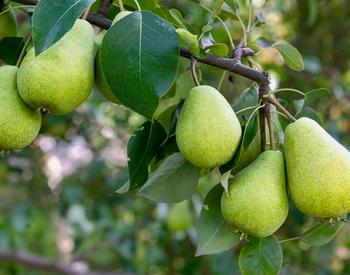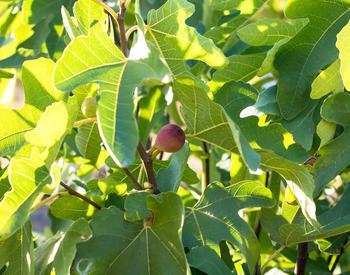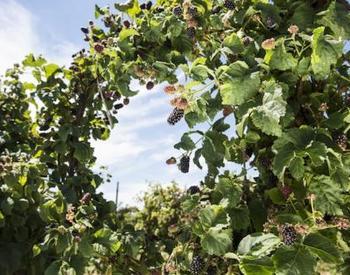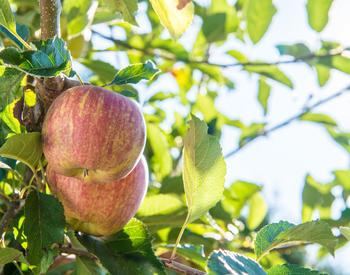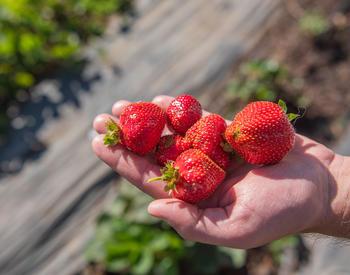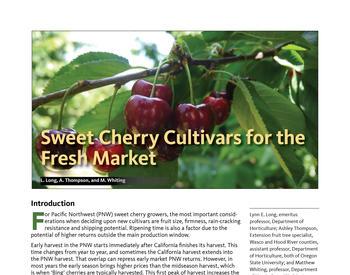CORVALLIS, Ore. – Established raspberries (including Meeker and Willamette) and blackberries (including marionberries, boysenberries and loganberries), need some late winter-early spring care to stay healthy and productive.
Caneberries should be fertilized in the early spring when new growth is starting, explained Amanda Davis, berry crops research assistant with the Oregon State University Extension Service.
Apply between one-half and one pound of actual nitrogen (for example, a 5- to 10-pound bag of 10-20-20 fertilizer or 1.25- to 2.5-pound of urea, 42-0-0) per 100 feet of row. Apply another half-pound to a pound of nitrogen per 100 feet of row again in mid-June. Manure can be used, but apply it in the late fall or winter, advised Davis.
“It’s best to spread the fertilizer over the surface of the soil in the row,” she said.
Caneberry foliage on the new primocanes should be a healthy green color. A pale green or yellow color may indicate nitrogen deficiency, says Davis. If the plants seem to lack vigor, apply a little more nitrogen fertilizer.
Weed the berries periodically and mulch with any sawdust or bark, except cedar, to help prevent future weed infestations.
Blackberries
Erect blackberries such as Navaho and semi-erect blackberries, like Chester and Triple Crown, need some pruning in late winter or early spring to improve yield and fruit size.
If you pruned correctly last year, you should have tipped the new primocanes to about three-feet high in erect types and five feet in semi-erect types during the growing season, so that they formed branches. Now prune those lateral branches on these canes to 18 to 24 inches long.
The new primocanes on trailing blackberry cultivars including marionberries, boysenberries and loganberries, should not be summer-pruned, said Davis. This type of blackberry produces new primocanes at the crown of the plant in the spring; these canes overwinter, become floricanes and produce fruit the following year. After harvest, floricanes die and should be removed from the trellis in late August. The new primocanes should be trellised in August or late winter after severe cold temperatures have passed.
Raspberries
Raspberries come in red summer-bearing, red and yellow primocane-fruiting (“fall-bearing”) and black varieties. Prune summer-bearing red raspberries by taking out the dead fruiting canes in the late summer. From January through early March, when plants are dormant, remove all weak, broken and diseased canes to crown or soil level. If your summer-bearers are planted in hills, leave 10 to 12 of the strongest canes in each hill. If they are planted in a hedgerow, narrow the row to about 12 inches wide. You can shorten canes to about 5½- to 6-feet tall to make training and picking easier.
Keep the hedgerow of primocane-fruiting raspberries to about 12 inches wide during the growing season. In winter, to prune for two crops a year, remove all cane tips that fruited on the tips of the primocanes last fall (the tips that fruited will look more grey and dead than the lower part of the cane). The base of these canes will fruit in June/July next season. Remove these canes when they die after harvest in July. The late summer/fall crop will be produced on the new primocanes that grow next season.
To prune primocane-fruiting raspberries to bear in late summer (August to October) only, cut all canes to ground level in late February/early March when plants are dormant. When the new primocanes emerge, keep row width to 12 inches apart.
Black raspberries should be summer-pruned by tipping the new primocanes when they just pass three feet tall, to encourage branching. In winter remove damaged and smaller canes. Remove dead fruiting canes that fruited last summer. On the new canes, shorten branches to 12 to 24 inches long.
